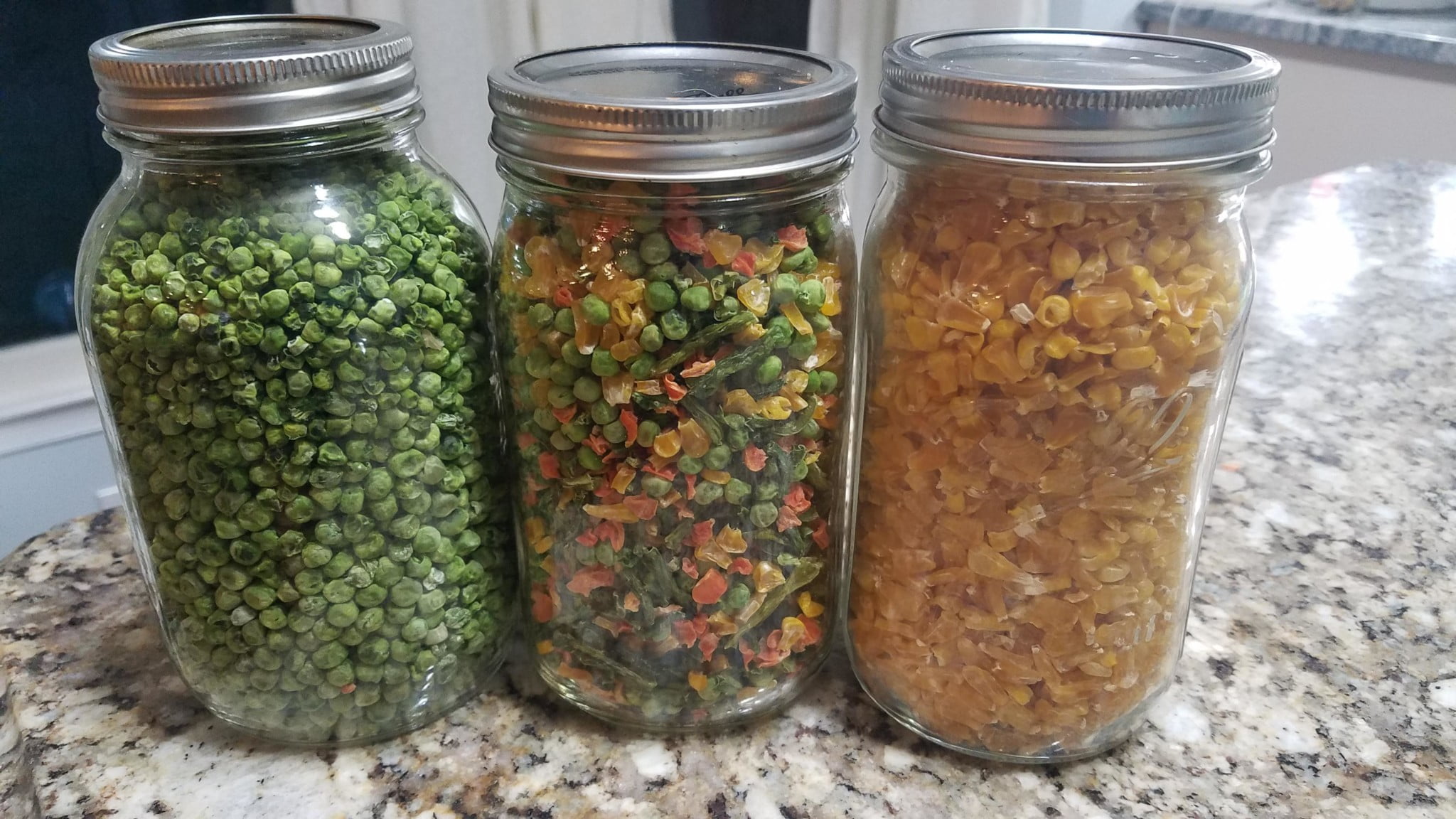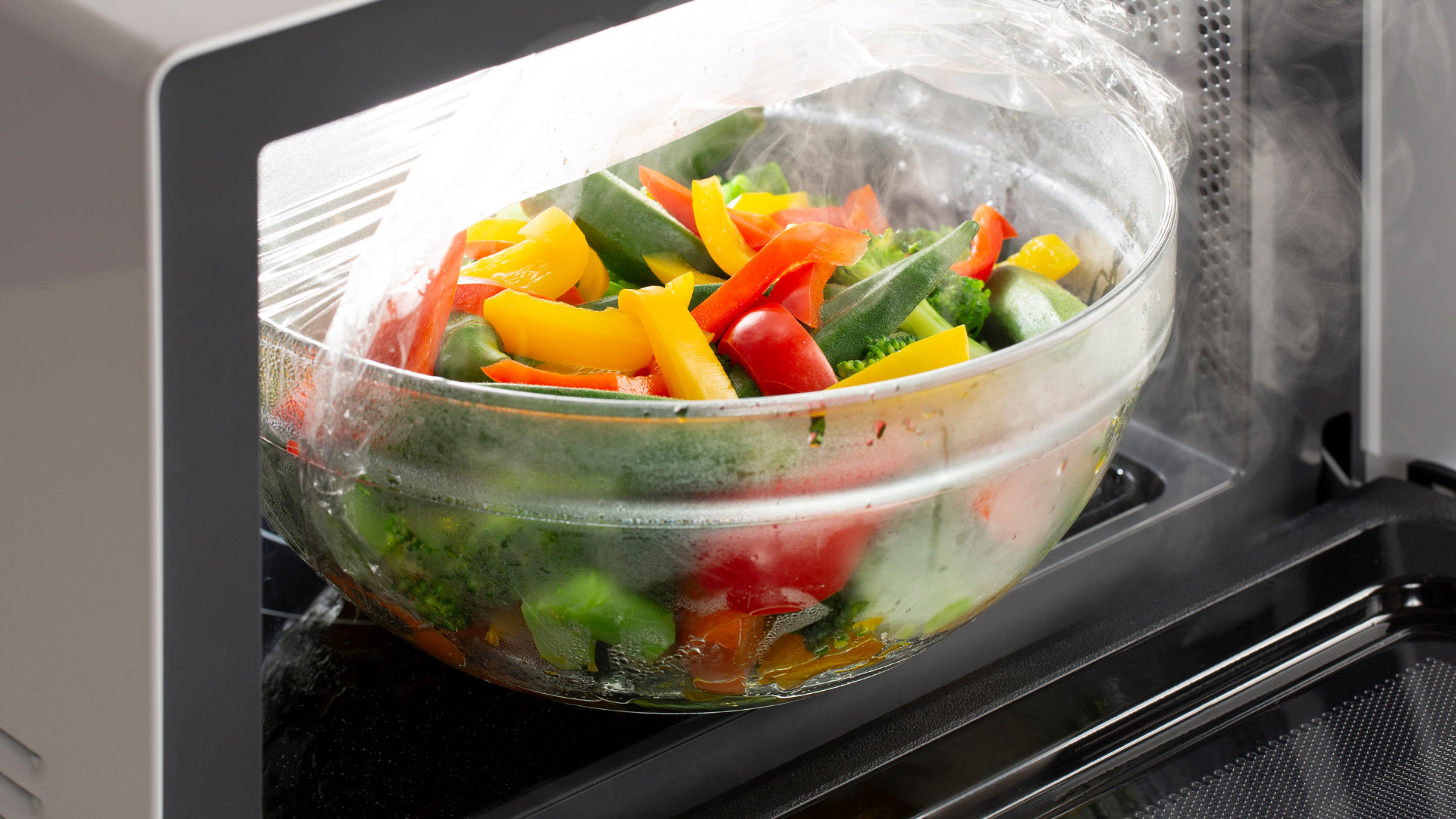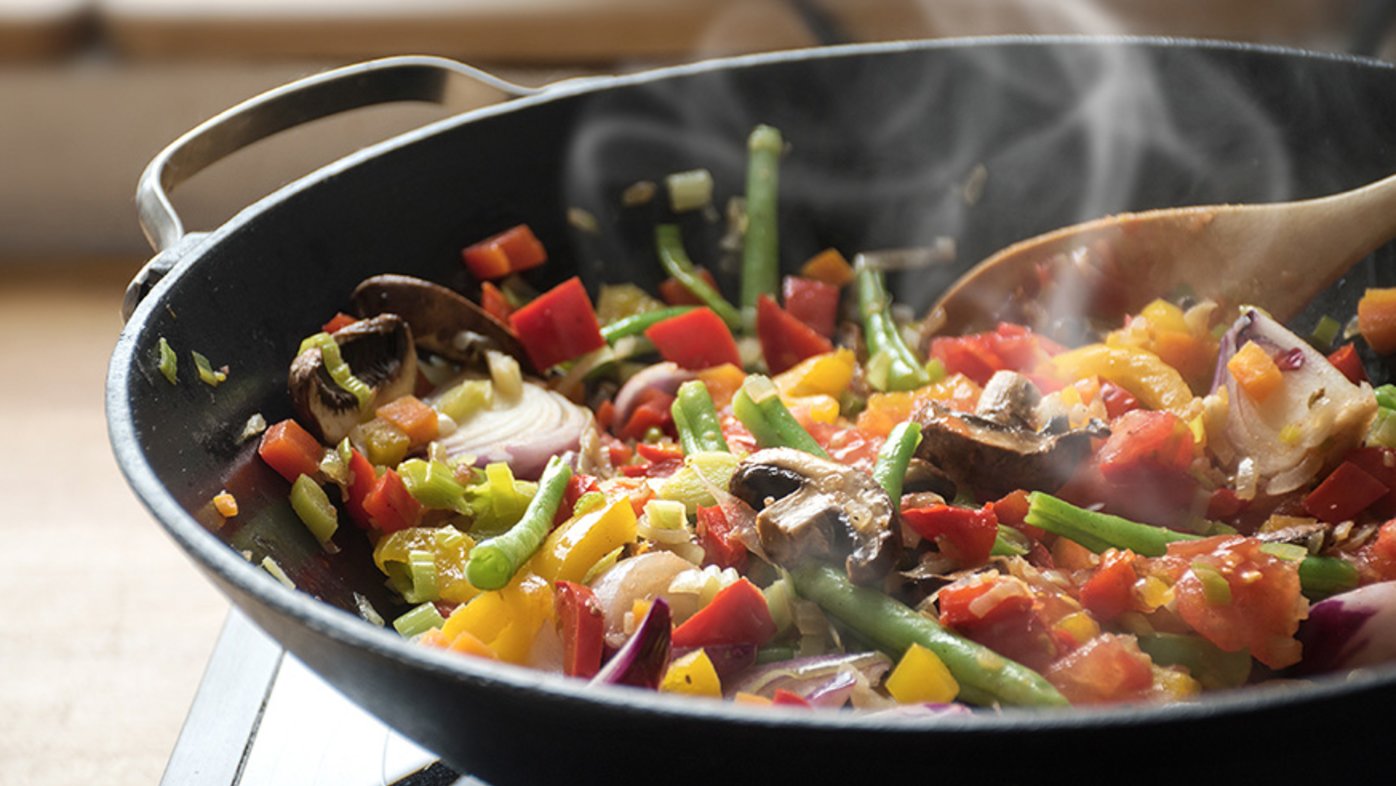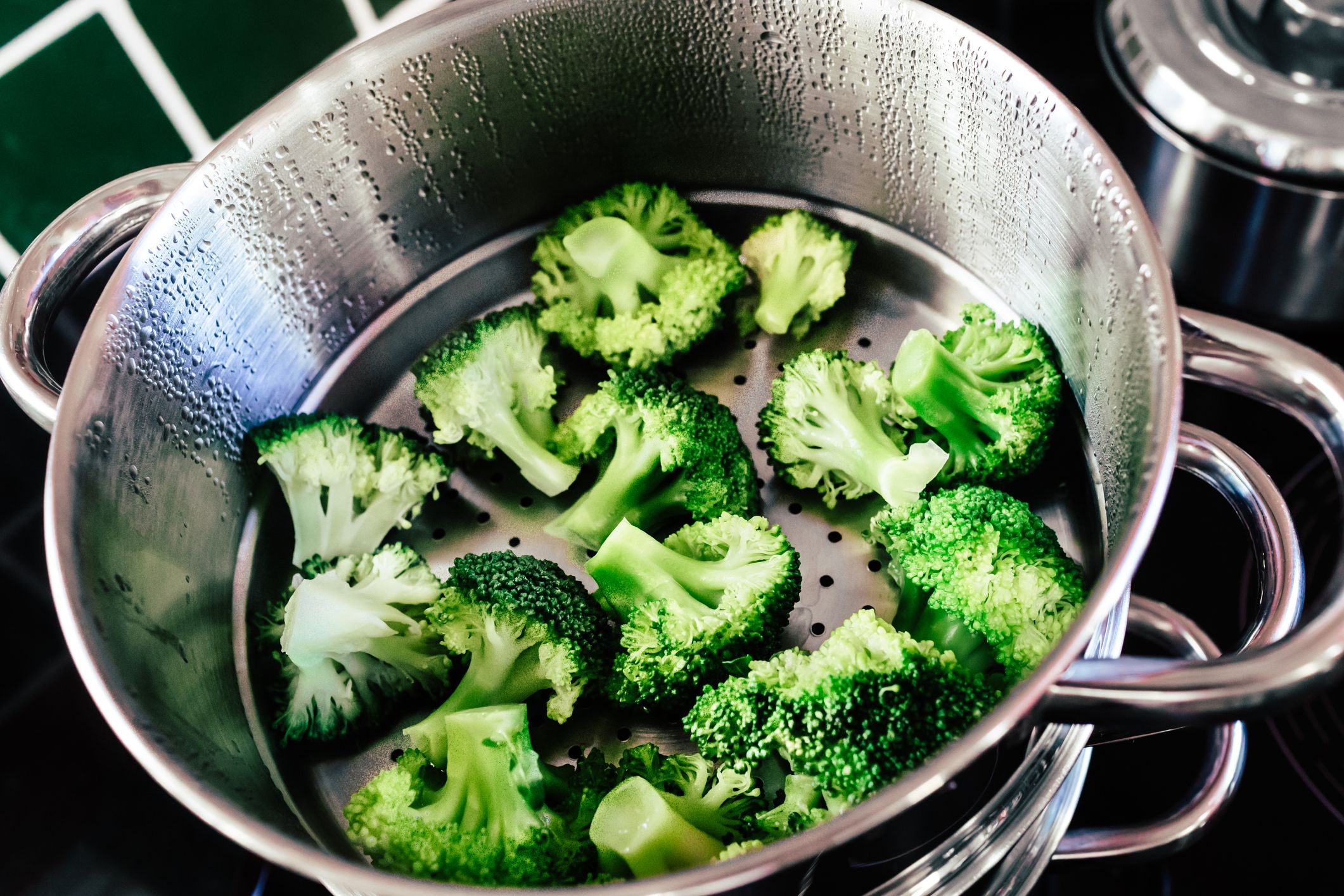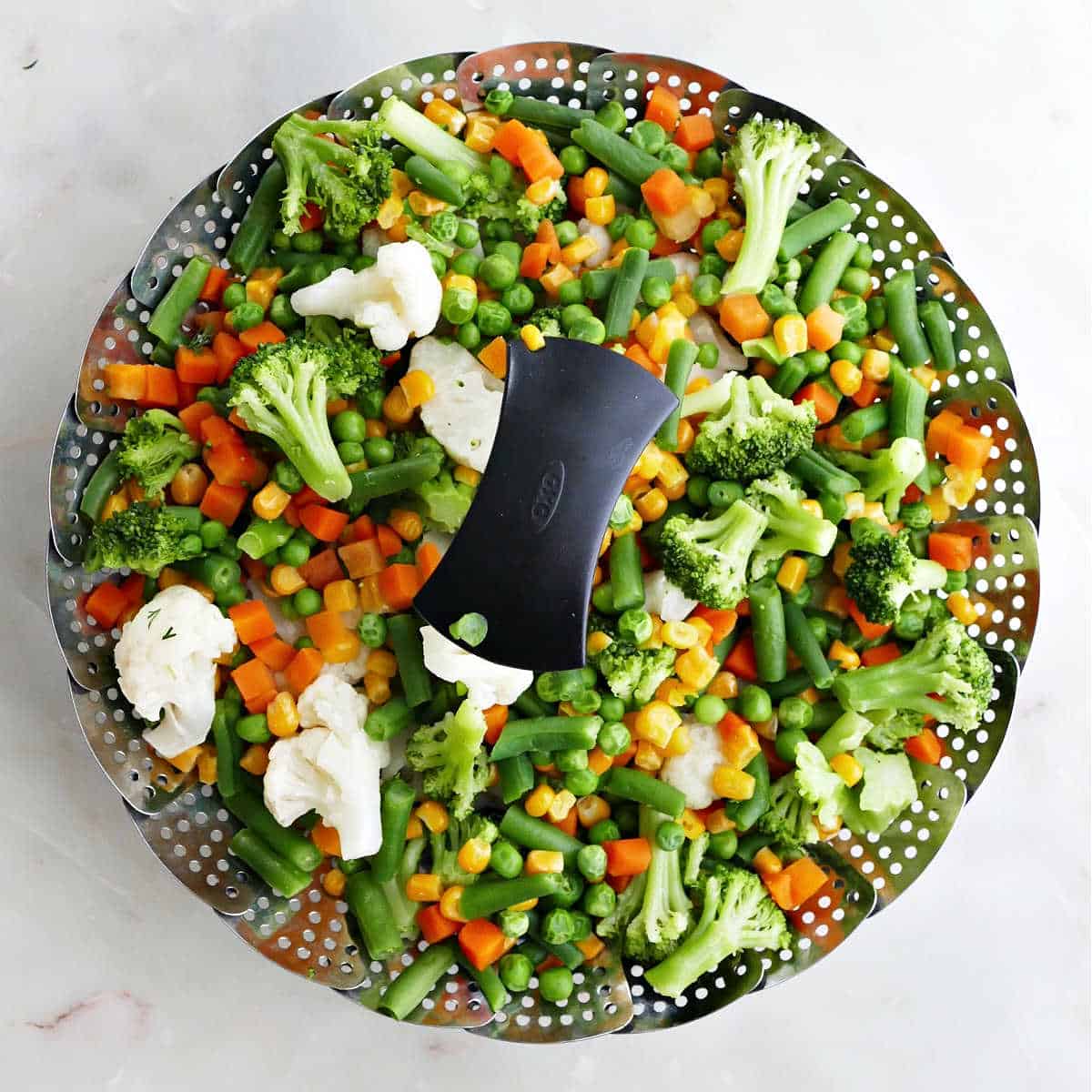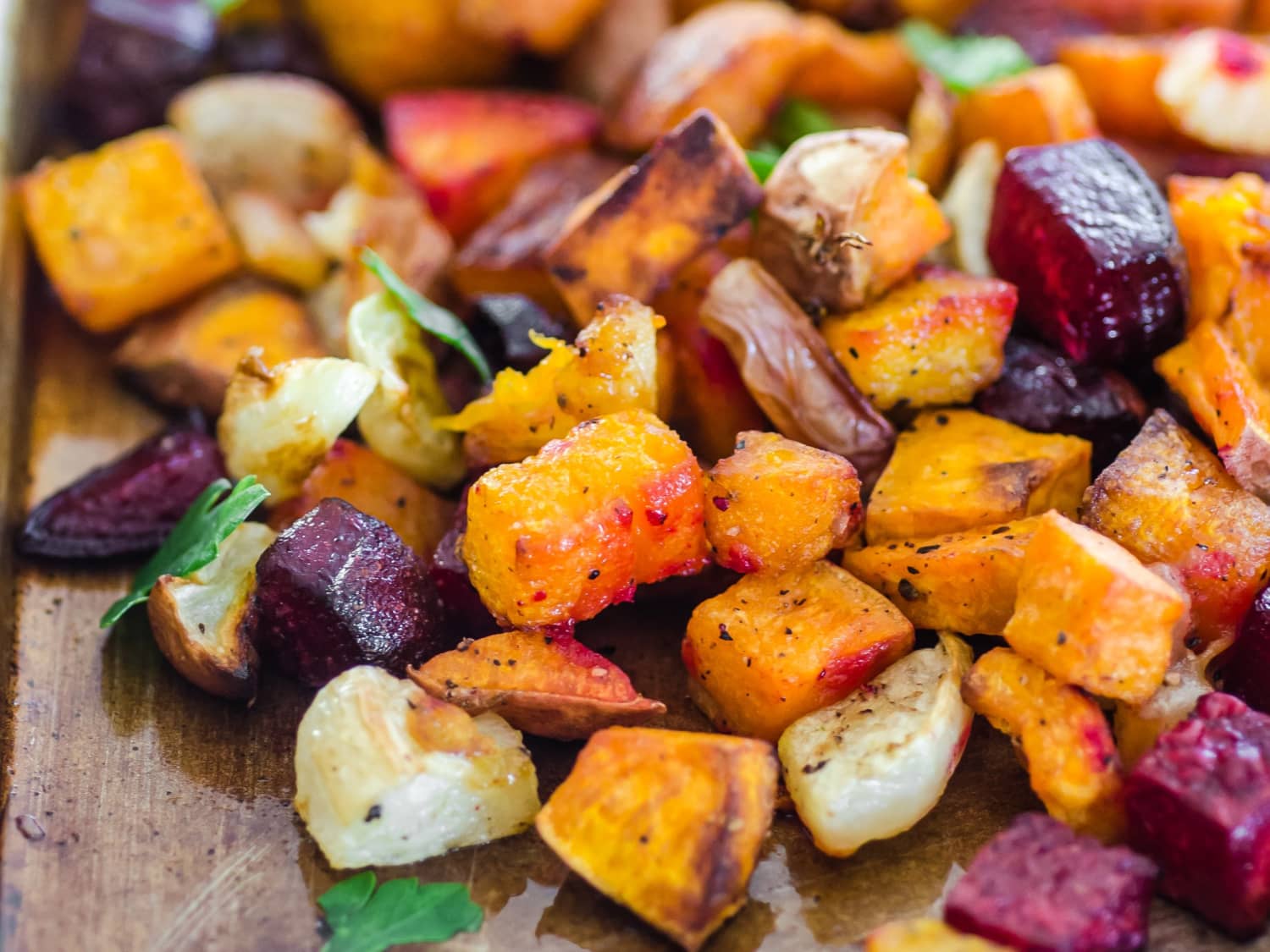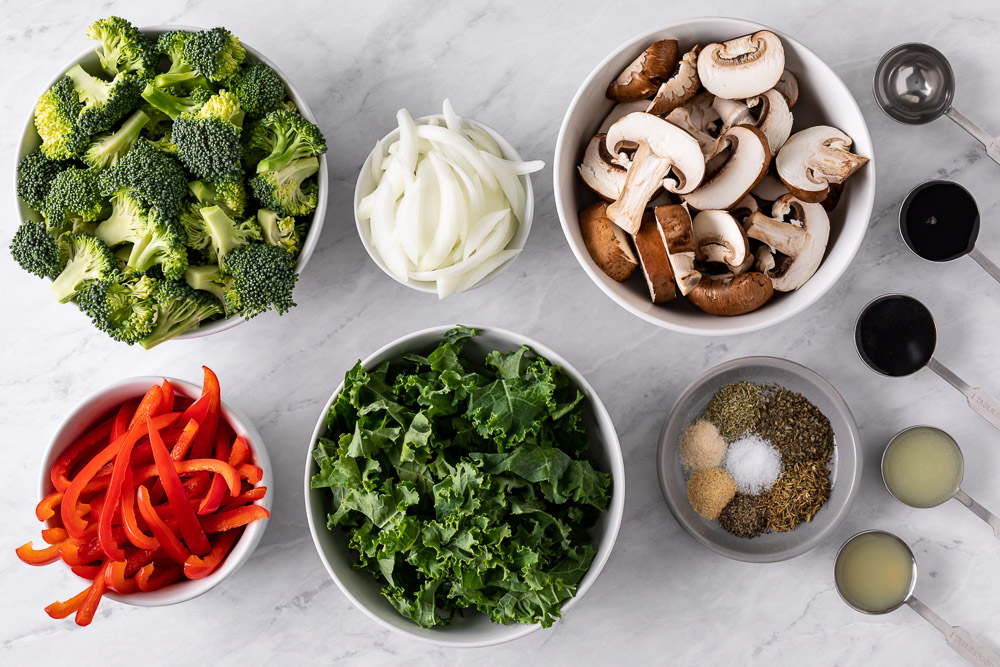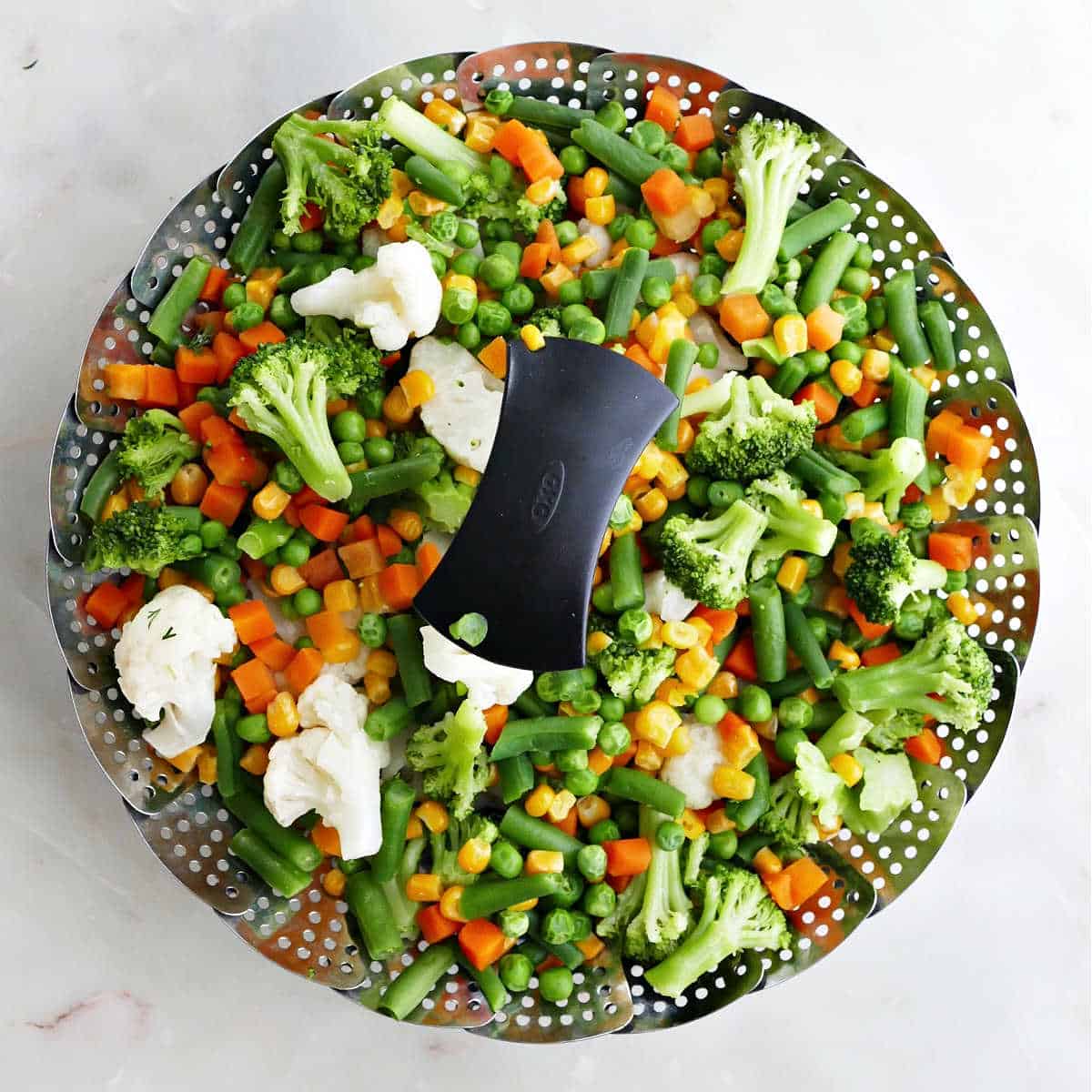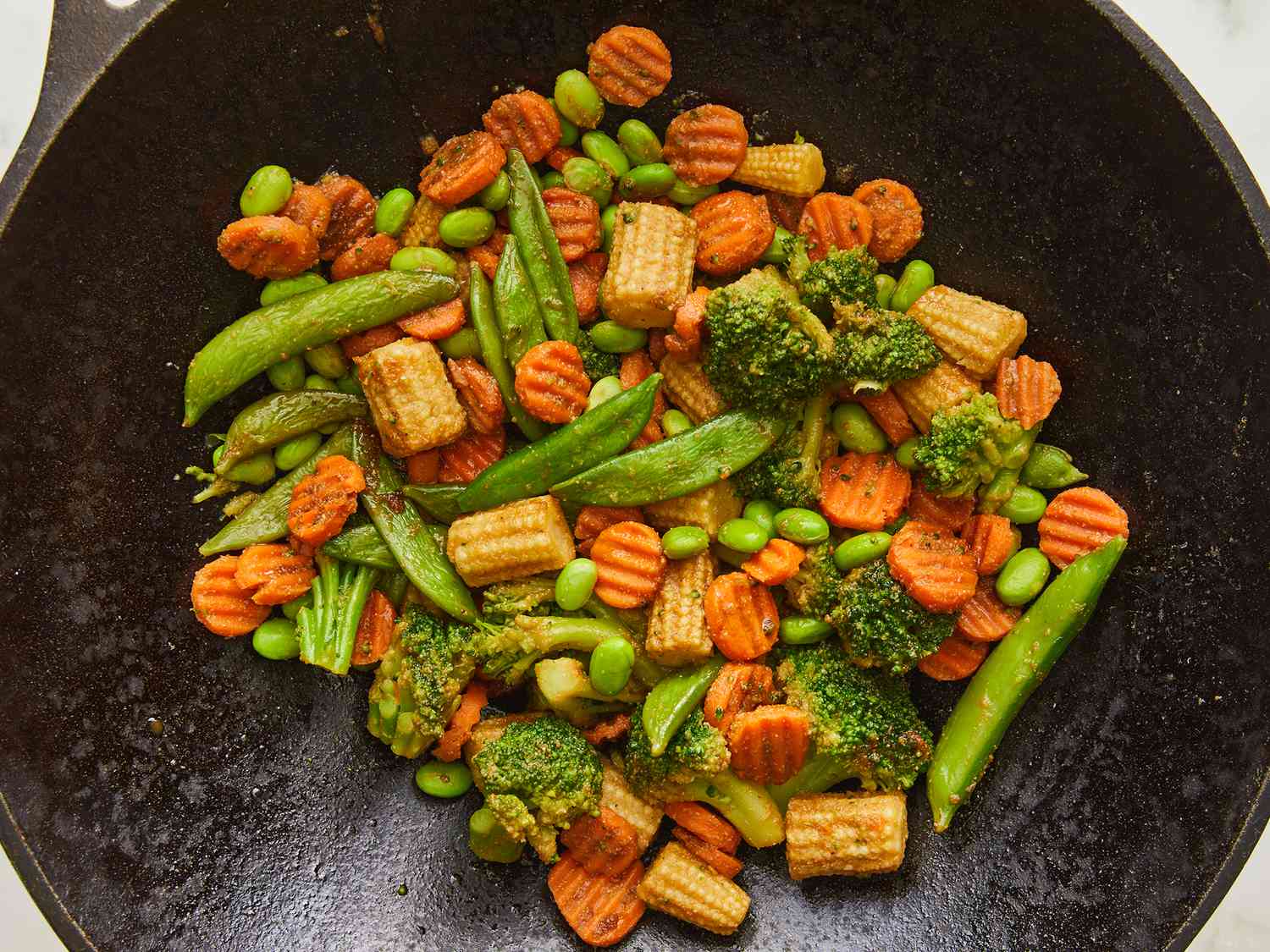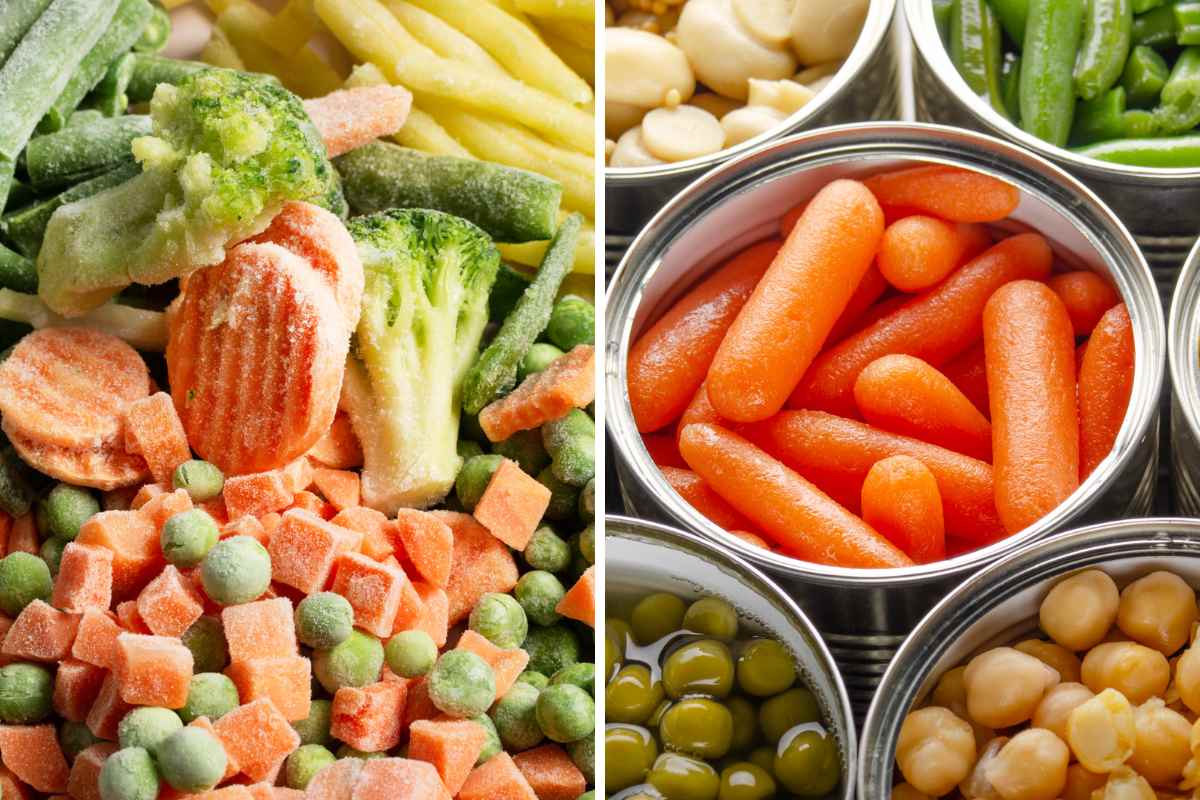Home>Gardening News and Trends>Latest News>How To Cook Frozen Vegetables In Oven
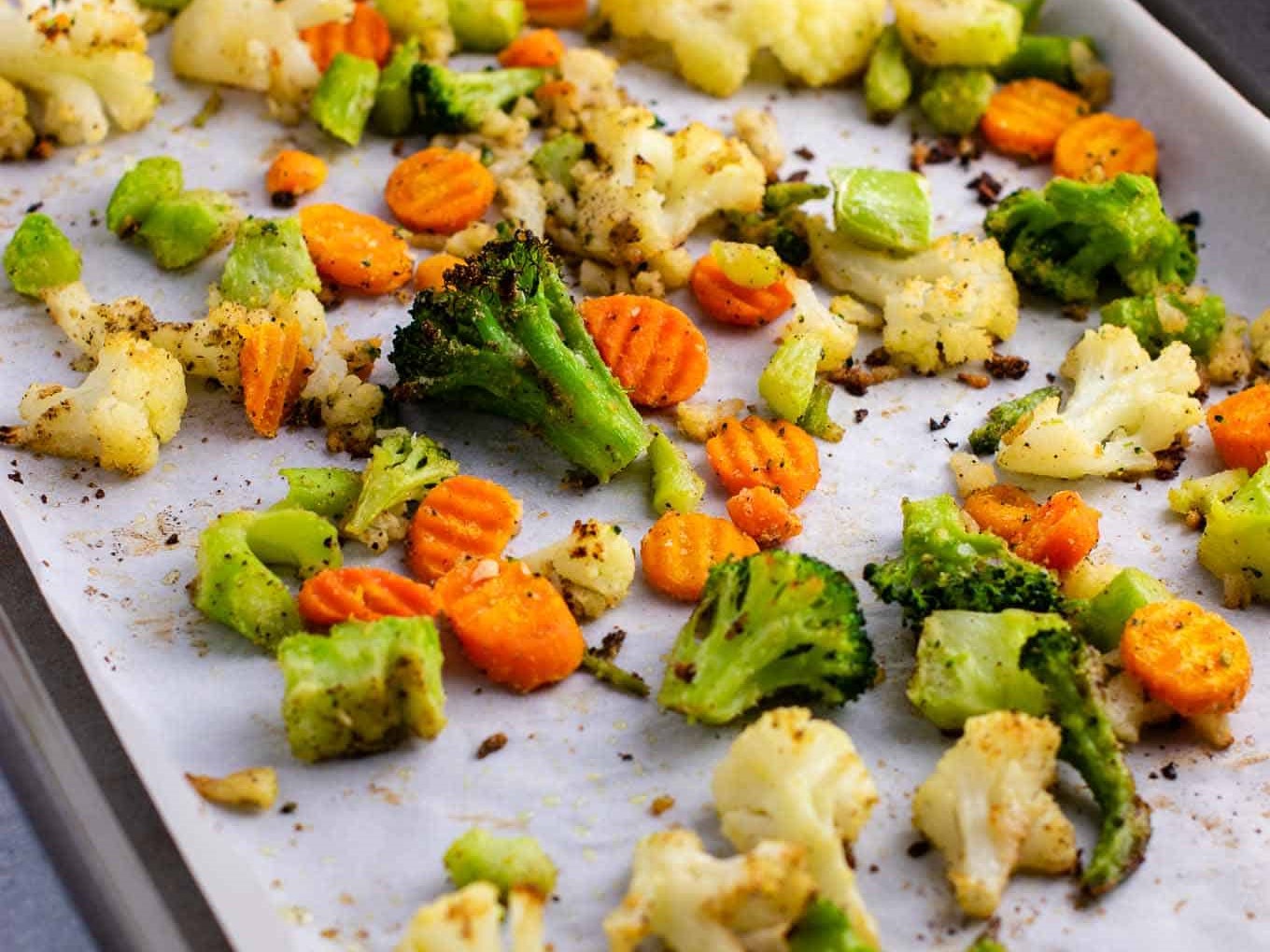

Latest News
How To Cook Frozen Vegetables In Oven
Modified: January 22, 2024
Learn how to cook frozen vegetables in the oven with our latest news. Discover tips and techniques for perfectly roasted veggies in just a few simple steps.
(Many of the links in this article redirect to a specific reviewed product. Your purchase of these products through affiliate links helps to generate commission for Chicagolandgardening.com, at no extra cost. Learn more)
Table of Contents
Introduction
Frozen vegetables are a convenient and nutritious option for those who want to add more veggies to their diet. With their long shelf life and ease of preparation, frozen vegetables have become a staple in many households. While steaming or microwaving are common methods for cooking frozen vegetables, using the oven can provide a different texture and flavor profile. In this article, we will explore how to cook frozen vegetables in the oven to achieve delicious and well-cooked results.
When it comes to cooking frozen vegetables in the oven, there are a few things to keep in mind. Firstly, it is important to properly prepare the vegetables by thawing or rinsing them to remove any ice crystals. Additionally, seasoning and flavoring options can be used to enhance the taste of the vegetables. The oven temperature and timing are crucial factors that determine the doneness and texture of the vegetables. Lastly, there are two main methods of cooking frozen vegetables in the oven – using foil packets or baking them directly on a baking sheet.
By following the techniques outlined in this article, you can enjoy perfectly cooked and flavorful frozen vegetables. Whether you are looking to incorporate more veggies into your meals or simply want to try a new cooking method, learning how to cook frozen vegetables in the oven is a great skill to have. So let’s dive in and explore the step-by-step process of preparing and cooking frozen vegetables to perfection.
Preparing the Frozen Vegetables
Before cooking frozen vegetables in the oven, it is important to properly prepare them. This step ensures that the vegetables cook evenly and retain their desirable texture. Here are the key steps to prepare frozen vegetables for oven cooking:
- Thawing Option: Thawing the vegetables before cooking is recommended for certain types, such as broccoli or cauliflower florets. You can let them thaw overnight in the refrigerator or use the defrost setting on your microwave if you are short on time. Thawing allows the vegetables to cook more evenly, resulting in a better overall texture.
- Rinsing Option: If you prefer not to thaw the vegetables, rinsing them under cool water is another preparation method. This helps remove any ice crystals that may be present and allows for more even cooking. Once rinsed, make sure to drain the excess water before proceeding to the next step.
- Patting dry: Regardless of whether you thaw or rinse the vegetables, it is important to pat them dry using a clean kitchen towel or paper towels. Excess moisture can hinder the browning process and result in a soggy texture. So, take a moment to gently pat the vegetables dry to ensure optimal cooking.
By following these steps, you will have properly prepared your frozen vegetables for cooking in the oven. Remember to adjust the cooking time based on the preparation method you choose – thawing or rinsing. Now that we have prepared the vegetables, it’s time to explore the various seasoning and flavoring options to elevate the taste of our oven-cooked frozen vegetables.
Seasoning and Flavoring Options
When it comes to seasoning and flavoring frozen vegetables, the options are endless. Adding spices, herbs, and sauces can enhance the taste and bring out the natural flavors of the vegetables. Here are some seasoning and flavoring options to consider:
- Basic Seasonings: Start with the basics like salt, pepper, and garlic powder. These simple seasonings can enhance the natural flavors of the vegetables and provide a delicious base for additional flavors.
- Herbs and Spices: Experiment with different herbs and spices to add depth and complexity to your dish. Try options like oregano, thyme, paprika, cumin, or curry powder to infuse your vegetables with exciting flavors.
- Sauces and Dressings: For a burst of flavor, you can drizzle your vegetables with sauces or dressings. Consider options like teriyaki sauce, balsamic glaze, or a squeeze of lemon juice to add a tangy or sweet element to your dish.
- Cheese: If you’re a cheese lover, adding a sprinkle of grated Parmesan, shredded cheddar, or crumbled feta can elevate the flavor of your vegetables. The melted cheese will add creaminess and a savory kick to the dish.
- Oil and Butter: Coating the vegetables with a drizzle of olive oil or melted butter before baking can enhance their natural flavors and promote caramelization during cooking. This will result in a delicious roasted flavor and enticing aroma.
When using seasonings and flavorings, be sure to adjust the quantities according to your taste preferences. Start with a conservative amount and gradually add more as needed. Remember, the goal is to complement the flavors of the vegetables, not overpower them.
Now that we’ve explored various seasoning and flavoring options, let’s move on to determining the ideal oven temperature and timing to achieve perfectly cooked frozen vegetables.
Oven Temperature and Timing
Choosing the right oven temperature and timing is crucial to ensure that your frozen vegetables are cooked to perfection. Here are some guidelines to help you determine the ideal oven temperature and timing for cooking frozen vegetables:
– Oven Temperature: Preheat your oven to 400°F (200°C) for most frozen vegetables. This temperature allows for even cooking and helps achieve that desirable crispy texture. However, for more delicate vegetables like asparagus or green beans, you can reduce the temperature to 375°F (190°C) to prevent overcooking.
– Cooking Time: The cooking time can vary depending on the type and thickness of the vegetables. As a general rule, bake the frozen vegetables for 15-20 minutes. Keep an eye on them and adjust the cooking time accordingly. Thawed or rinsed vegetables may require slightly less cooking time, so be sure to check for doneness as they cook.
– Size and Shape: The size and shape of the vegetables can also affect the cooking time. If the vegetables are cut into smaller pieces or are more thinly sliced, they may cook faster. Conversely, larger or thicker pieces may require additional cooking time to ensure they are fully cooked.
– Baking Sheet Placement: Arrange the frozen vegetables in a single layer on a baking sheet for optimal airflow and even cooking. Avoid overcrowding the baking sheet as this can result in uneven cooking and steaming instead of roasting.
By following these temperature and timing guidelines, you can achieve perfectly cooked and flavorful frozen vegetables. In the next section, we will explore two popular methods of cooking frozen vegetables in the oven – using foil packets or baking them directly on a baking sheet.
Cooking Frozen Vegetables in Foil Packets
Cooking frozen vegetables in foil packets is a convenient method that helps to seal in moisture and flavors. This technique ensures that the vegetables cook evenly and retain their natural juices. Here’s how you can cook frozen vegetables in foil packets:
- Preheat the oven to 400°F (200°C).
- Tear off a piece of aluminum foil, large enough to hold the desired amount of vegetables.
- Place the frozen vegetables in the center of the foil.
- Drizzle with olive oil or melted butter, and sprinkle with your preferred seasonings.
- Bring the sides of the foil together and fold it over to create a sealed packet. Fold the edges tightly to prevent any steam from escaping.
- Place the foil packet on a baking sheet and transfer it to the preheated oven.
- Bake for 15-20 minutes, or until the vegetables are tender and cooked to your liking.
- Remove the foil packet from the oven and carefully open it to release any steam.
- Transfer the cooked vegetables to a serving dish and enjoy immediately.
Cooking frozen vegetables in foil packets not only helps with even cooking but also makes cleanup a breeze. The sealed packet allows the vegetables to steam inside, resulting in tender and delicious veggies. Plus, you can customize each foil packet with different seasonings and add-ins to cater to individual preferences.
Now that we’ve covered foil packet cooking, let’s explore another method – baking frozen vegetables directly on a baking sheet.
Cooking Frozen Vegetables on a Baking Sheet
Baking frozen vegetables directly on a baking sheet is another popular method that allows for a slightly different texture and flavor. This technique is especially great for achieving a crispy and roasted finish. Here’s how you can cook frozen vegetables on a baking sheet:
- Preheat the oven to 400°F (200°C).
- Spread the frozen vegetables in a single layer on a baking sheet.
- Drizzle with olive oil or melted butter, and sprinkle with your preferred seasonings.
- Use your hands or a spatula to toss the vegetables, ensuring they are evenly coated with the oil and seasonings.
- Place the baking sheet in the preheated oven.
- Bake for 15-20 minutes, flipping the vegetables halfway through the cooking time to ensure even browning.
- Continue baking until the vegetables are tender and have achieved a golden and slightly crispy texture.
- Remove the baking sheet from the oven and transfer the cooked vegetables to a serving dish.
- Serve the vegetables immediately, and enjoy the delicious flavors and textures.
Baking frozen vegetables directly on a baking sheet allows for greater exposure to heat and promotes caramelization and browning. This method works particularly well for vegetables like Brussels sprouts, carrots, or sweet potatoes, which develop a beautiful roasted flavor and crispy edges. The result is a satisfying and nutritious side dish or even a main course when paired with protein.
Now that you know how to cook frozen vegetables on both foil packets and a baking sheet, let’s move on to the next step – checking for doneness.
Checking for Doneness
Checking the doneness of your cooked frozen vegetables is essential to ensure they are perfectly cooked and ready to be enjoyed. Here are some tips to help you determine if your vegetables are done cooking:
- Texture: Take a bite or pierce the vegetables with a fork to check their texture. They should be tender but still have a slight bite to them. Avoid overcooking, as this can result in mushy vegetables.
- Color: Look for a vibrant and evenly roasted color on the vegetables. They should have a slight golden-brown appearance, indicating that they have been cooked to perfection.
- Crispiness: Depending on your preference, you may want some crispness to your roasted vegetables. Check if they have developed a crisp texture on the edges while maintaining a tender interior.
- Flavor: Taste a piece of the cooked vegetables to ensure they are seasoned to your liking. If needed, you can add a pinch of salt or a squeeze of lemon juice to enhance the flavors before serving.
Remember that different vegetables may have varying cooking times. Thicker and denser vegetables may require a few extra minutes in the oven, while more delicate ones might be done sooner. It’s always a good idea to keep an eye on your vegetables as they cook and make adjustments as needed.
Once you determine that your frozen vegetables are cooked to your desired level, it’s time to serve and enjoy their delicious flavors and textures. Let’s move on to the final section, where we’ll explore serving suggestions and ways to make the most of your cooked vegetables.
Serving and Enjoying the Cooked Vegetables
Now that you have cooked your frozen vegetables to perfection, it’s time to serve and enjoy them. Here are some ideas for serving and making the most of your deliciously cooked vegetables:
- Side Dish: Serve the cooked vegetables as a flavorful side dish alongside your favorite protein, such as roasted chicken, grilled fish, or seared tofu. The combination of flavors and textures will create a well-balanced meal.
- Bowl or Salad: Incorporate the cooked vegetables into a grain bowl or a fresh salad. Pair them with quinoa, brown rice, or mixed greens for a nutritious and satisfying meal. Add a drizzle of dressing or a sprinkle of nuts or seeds for extra flavor and texture.
- Pasta or Stir-Fry: Toss the cooked vegetables with cooked pasta or use them as a colorful addition to a stir-fry. The combination of noodles, sauces, and the roasted flavors of the vegetables will create a delicious and wholesome dish.
- Soup or Stew: Take your cooked vegetables and blend them into a flavorful soup or add them to a hearty stew. They will add depth and nutrition to your soups, making them even more satisfying and nourishing.
- Snack or Appetizer: Use the roasted vegetables as a tasty and healthy snack. Serve them with a dip like hummus or salsa, or simply enjoy them on their own for a guilt-free snack option.
No matter how you choose to serve them, cooked frozen vegetables are a versatile and nutritious addition to any meal. They provide a generous dose of vitamins, minerals, and fiber, while also adding vibrant colors and enticing flavors to your plate.
Remember to store any leftover cooked vegetables in an airtight container in the refrigerator. They can be reheated and enjoyed the next day, either as a side dish or incorporated into another meal.
In summary, learning how to cook frozen vegetables in the oven opens up a world of possibilities for adding nutritious and flavorful options to your meals. Whether you choose to cook them in foil packets or on a baking sheet, the result will be delicious and satisfying roasted vegetables that are sure to please both your taste buds and your health-conscious mind.
Conclusion
Cooking frozen vegetables in the oven is a simple and effective way to enjoy nutritious and flavorful veggies. By following the steps outlined in this article, you can elevate your frozen vegetables to new heights of taste and texture.
From preparing the vegetables and choosing the right seasonings to determining the optimal oven temperature and cooking time, each step plays a crucial role in achieving delicious results. Whether you opt for cooking in foil packets or on a baking sheet, both methods offer unique benefits and allow for customization based on your preferences.
The versatility of cooked frozen vegetables extends beyond being a side dish. You can incorporate them into salads, pastas, stir-fries, soups, or simply enjoy them as a healthy snack. Their vibrant colors, enhanced flavors, and nutritious profile make them a great addition to any meal.
So the next time you have a bag of frozen vegetables in your freezer, don’t hesitate to try cooking them in the oven. You’ll be amazed at how easy it is to transform them into a delicious and satisfying dish.
Remember to experiment with different seasonings and flavors, and don’t be afraid to get creative in the kitchen. With a little bit of practice and a whole lot of flavor, you’ll be able to impress yourself and others with your oven-cooked frozen vegetables.
So, go ahead and give it a try. Unlock the potential of your frozen vegetables and enjoy a nutritious and delectable meal that will leave you wanting more.
